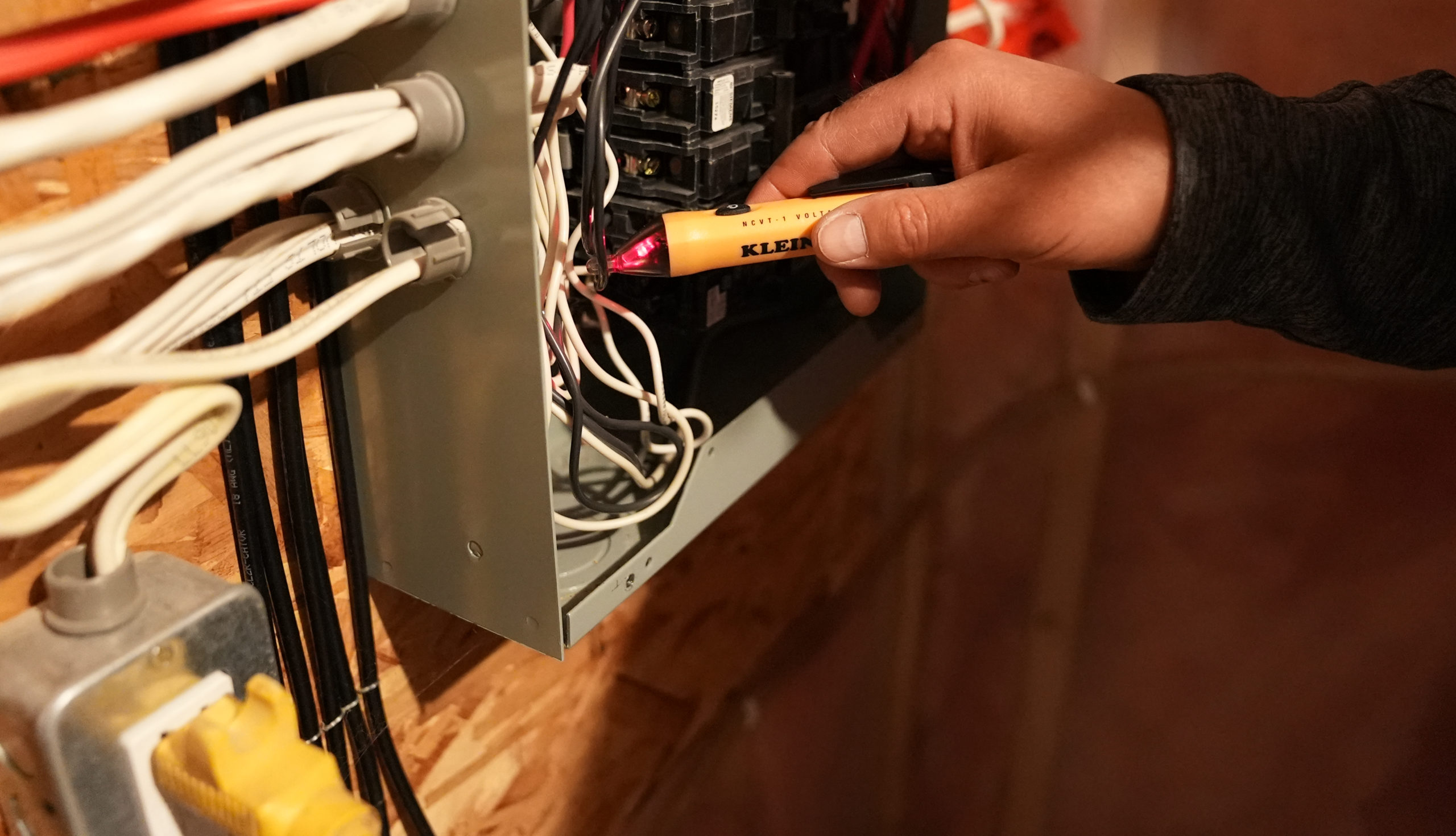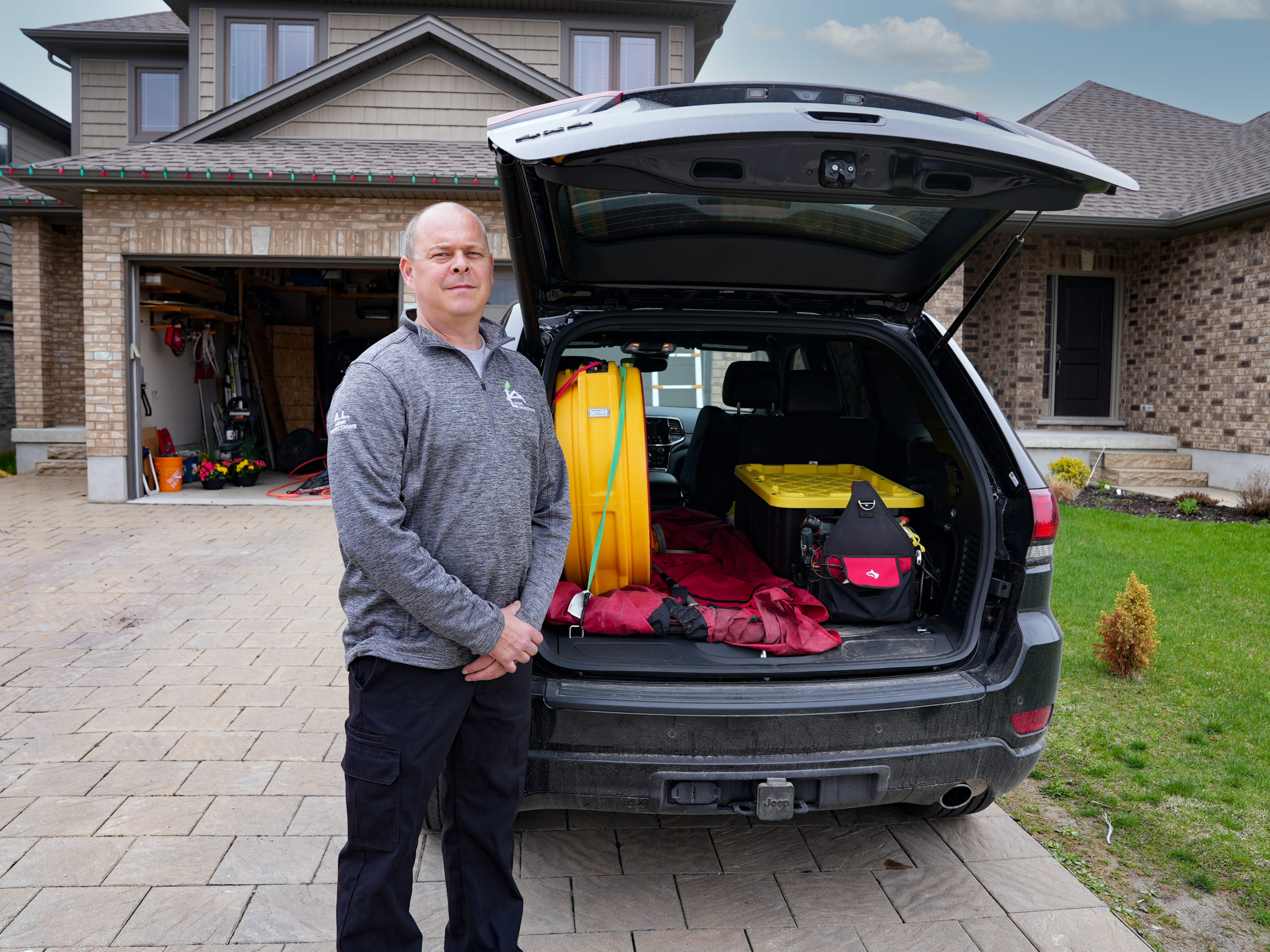That was the year the united state government ruled that lead-based paint was no longer enabled home usage. In A.L. Home Inspections - residential home inspection 2016, only 60% of 1-year-olds, 48% of 2-year-olds, and 14% of youngsters aged 3 to 5 not previously examined, were examined. Just 32% of Medicaid-enrolled youngsters got the called for testing at both 1 as well as 2 years of age.
- Even residences not under renovation for demolition can consist of peeling, chipping, or cracking lead-based paint.
- Your health care provider may ask you questions to see if your youngster is at danger for lead poisoning.
- Learn just how kids are exposed to lead, risk-free levels of lead exposure as well as indications of lead poisoning.
- In grownups, the majority of lead is absorbed through inhalation, however in youngsters most absorption takes place with the digestive system.
- If lead threats are discovered in the house, it has to be Deleaded.
Enhanced risk might mean living in real estate developed prior to 1978 with current or ongoing restoration or having a brother or sister or playmate who has an elevated blood lead degree. Existing federal regulations need that all youngsters registered in Medicaid receive a blood lead examination. Speak with your healthcare carrier regarding whether your youngster requires to be checked for lead. Your health care carrier may ask you questions to see if your youngster is at risk for lead poisoning. The only method to recognize for certain if your child has been subjected to lead, is to have their blood evaluated.
Why Is Blood Lead Screening Essential?
Kids 3 years of ages or more youthful with verified blood lead degree of 5ug/dL or greater cause a default automated reference to very early intervention support services. In Ohio, a child with blood lead degree of 10ug/dL or better sets off a public health lead investigation, to establish the resource of the lead poisoning. We're working with healthcare carriers and handled care companies to raise blood lead screening of young kids. One state, Pennsylvania, calls for all results to be reported by traditional laboratories, yet physicians utilizing point-of-care makers only need to report results over a certain threshold. Others need reporting of results just at or above 5 µg/ dL or 10 µg/ dL (and in one instance, at or over 2.3 µg/ dL).
According to the CDC, lead blood levels of 5 mcg/dL are taken into consideration higher than a normal or risk-free degree in kids. If your youngster's blood lead level is 45 mcg/dL or greater, they'll need therapy to bring the level down. Any raised examination result means your youngster has been exposed to lead. Look for the sources of lead direct exposure in your house or somewhere else in your kid's atmosphere.

Lead Contamination In The Water Of Flint, Michigan
A kid's threat of exposure modifications quickly as they become extra mobile. One test is not an indication of future direct exposure or blood lead degree. A blood lead test is the only way to learn if your kid has a high lead degree. A lot of children with high levels of lead in their blood have no signs and symptoms. Although lead risks in pre-1978 real estate are the most common danger to little ones, lead can be discovered in many items as well as locations. Updated scientific needs for blood lead screening of kids.
Therefore the significance of prompt preventative steps to get blood lead degree examined at age 1 and also 2 for the high risk population. Talk with your healthcare company about blood lead screening. If you do not have a doctor, contact your local health department to discuss where to obtain a blood lead examination in your area. Lead degrees in the blood are measured in micrograms per deciliter (mcg/dL).
A.L. Home Inspections
1372 Howlett Cir, London, ON, N5X 0K6, Canada

(519) 636-5710